 Plant Nature Study I
Plant Nature Study I
Plant Nature Study I
Plant Nature Study I

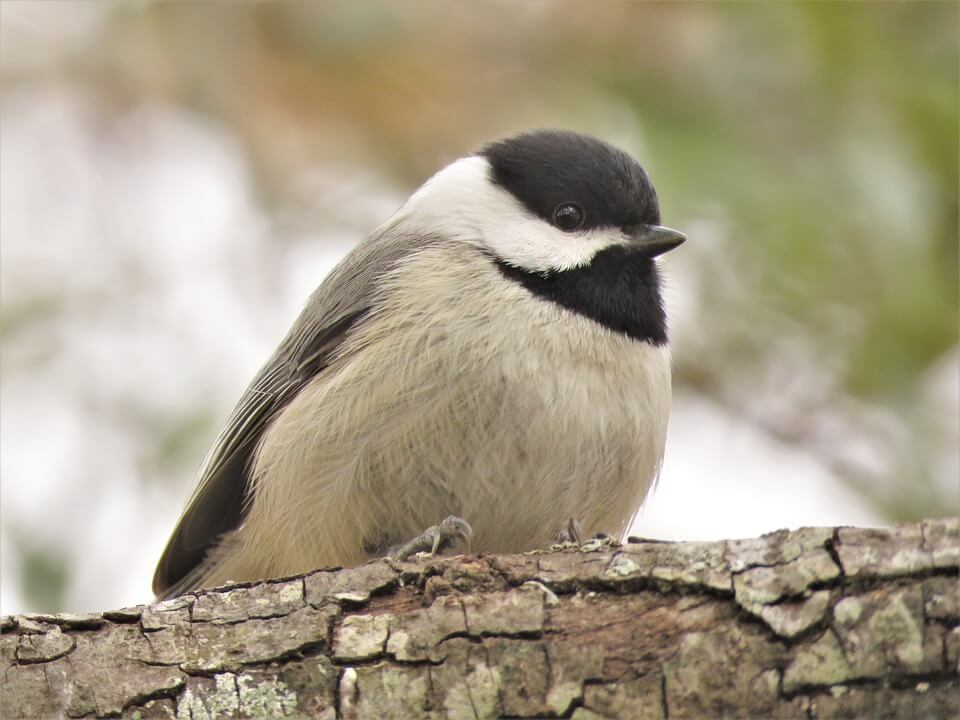
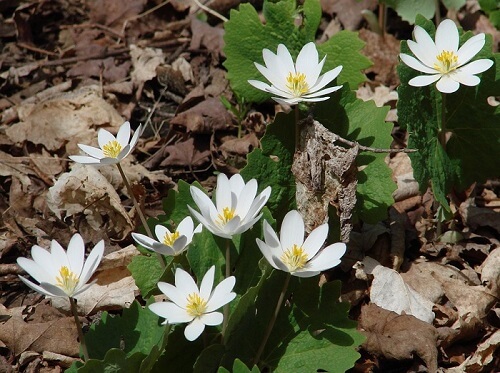
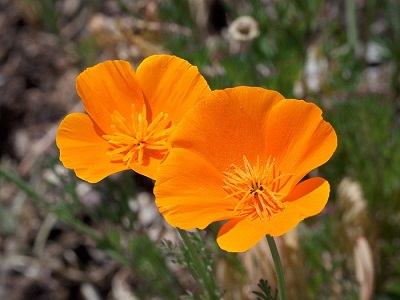
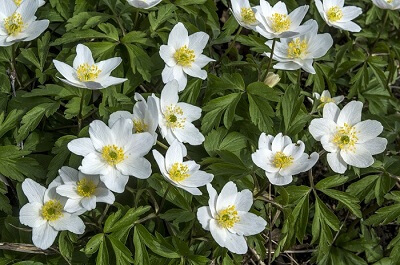

 Plant Nature Study I
Plant Nature Study I
Plant Nature Study I
Plant Nature Study I

Study the lesson for one week.
Over the week:
Symbiosis:
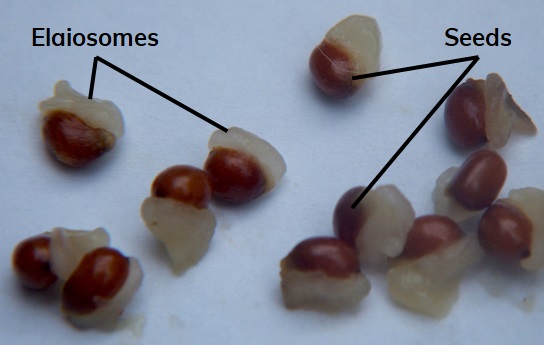
Activity 1: Narrate the Story
Activity 2: Study the Story Pictures
Study the picture of the Bloodroot and find the following:

Study the picture of the Wood Anemone and find the following:

Activity 3: Take a Nature Walk, Visit a Flower Shop, or Research Online - Flowers and Ants
Activity 4: Complete a Field Book Entry

After your nature walk, complete page 8 in 'Science Field Book for Third Grade.'